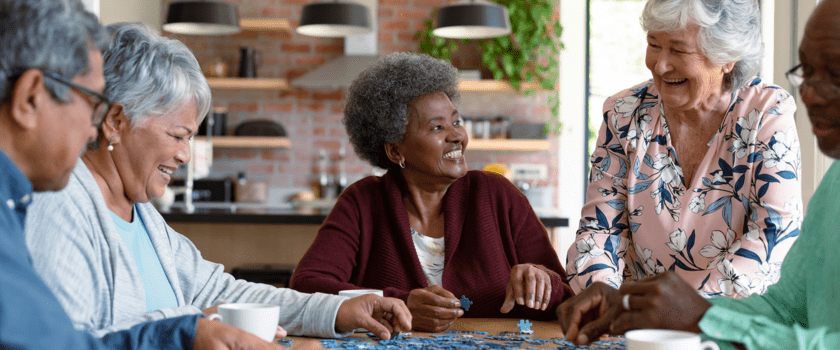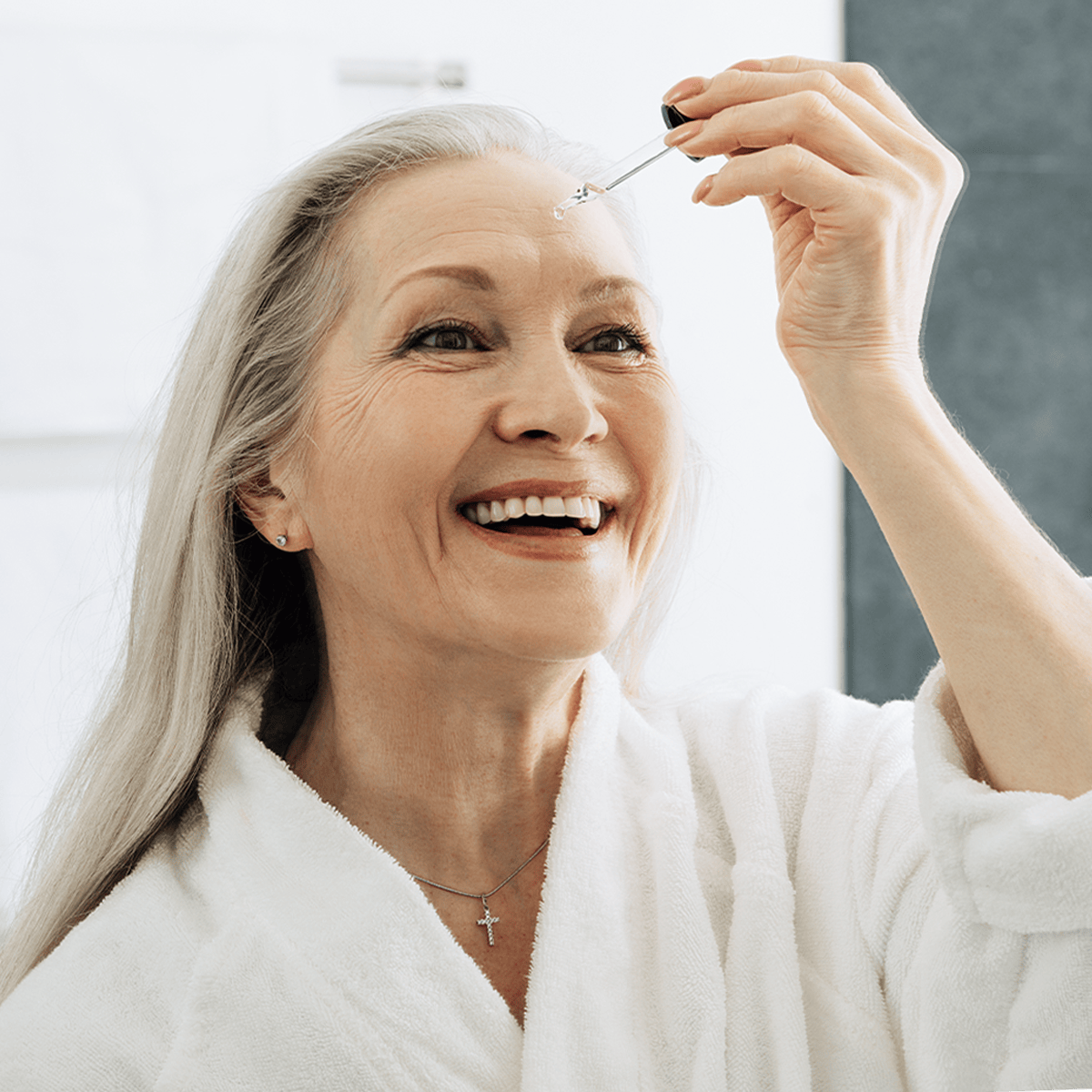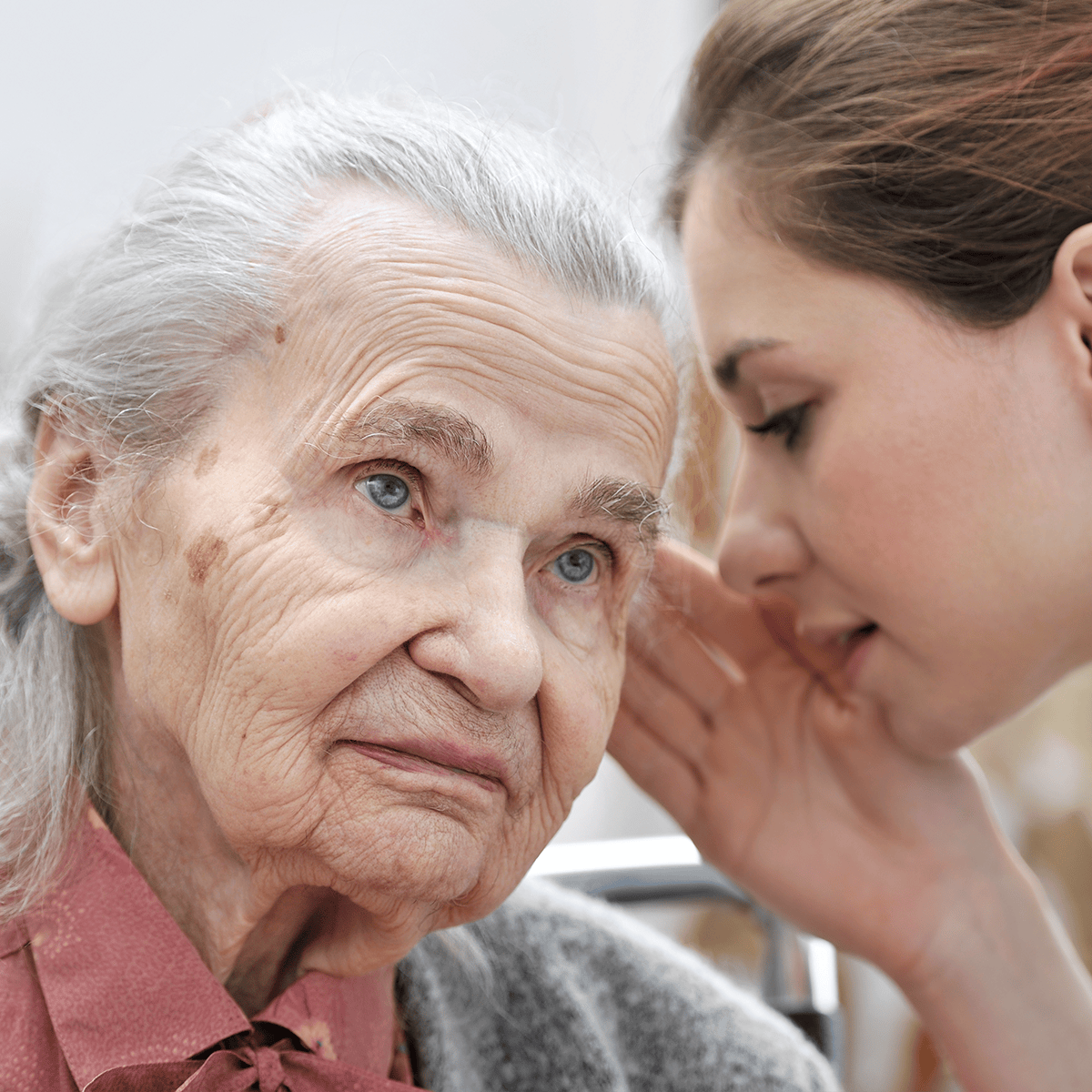National Stroke Awareness Month: Understanding, Prevention, and Recovery

Each May, we observe National Stroke Awareness Month, an important time to educate ourselves about stroke risks, how to reduce those risks, and stroke recovery tips. This annual tradition allows us all to focus on brain health and how we can protect ourselves and support our loved ones.
What Is National Stroke Awareness Month?
National Stroke Awareness Month began in May 1989, when President George H.W. Bush officially recognized this time for increasing public awareness about stroke. For over three decades, healthcare organizations, community groups, and individuals have used this month to share information about stroke prevention, warning signs, and treatment options.
During National Stroke Awareness Month, you might notice people wearing the stroke awareness ribbon—a red and white ribbon that symbolizes hope and support for stroke survivors and their families.
Understanding Stroke: What You Should Know
A stroke happens when blood flow to part of the brain is blocked or when a blood vessel in the brain bursts. When brain cells don’t get oxygen, they die within minutes. That’s why knowing the signs of stroke and how to get help quickly is so important.
The typical warning signs of stroke can be remembered with the word FAST:
- Face drooping on one side
- Arm weakness or numbness
- Speech difficulty
- Time to call 911 immediately
Other warning signs include sudden confusion, trouble seeing, dizziness, severe headache, and/or difficulty walking.
How Stroke Can Look Different in Women
While the FAST signs apply to everyone, women may experience additional symptoms that shouldn’t be overlooked. According to research, women are more likely than men to report:
- Nausea or vomiting
- Confusion or disorientation
- Loss of consciousness
- General weakness (not just in one arm)
Women who experience migraines, particularly aura migraines (visual disturbances like flashing lights or temporary vision loss), also have a higher risk of stroke. The symptoms of migraine with aura can sometimes overlap with stroke symptoms, making diagnosis more challenging. Additionally, pregnancy complications and early menopause (before age 45) can increase a woman’s lifetime risk of stroke.
Understanding Racial and Ethnic Differences in Stroke Risk

During National Stroke Awareness Month, it’s important to acknowledge that stroke risk isn’t the same for everyone. Studies show that Black and Latino communities have a greater risk of developing stroke and that African Americans are almost twice as likely to have a stroke than other racial groups
Several health conditions that increase stroke risk affect racial groups differently:
High blood pressure: African Americans are at a higher risk for developing hypertension compared to other racial groups. This can lead to a higher risk of bleeding in the brain. Managing and lowering blood pressure is especially important for reducing stroke risk.
Clogged arteries: Research has found that people of European descent typically experience clogged arteries in the neck, while African Americans and people of East Asian descent are more likely to have clogged arteries in the brain, which increases the risk of stroke.
Sickle cell disease: This inherited condition affects blood cells’ ability to carry oxygen and is more common among people with ancestors from regions where malaria is common (Africa and South America). Sickle cell disease can make it harder for blood cells to move through blood vessels, increasing the risk of blood clots that can lead to stroke.
These differences often reflect a combination of genetics, healthcare access issues, and social factors of health. Educating ourselves is an important step toward ensuring everyone receives the care they need.
If you experience any combination of stroke symptoms—whether they’re the classic FAST signs or others—don’t wait. Call 911 immediately.
How Can You Prevent a Stroke?
The good news is that we can reduce our chance of stroke through healthy lifestyle choices and managing certain medical conditions. Here are some essential steps you can take:
Monitor your blood pressure. High blood pressure is the leading cause of stroke. Check your blood pressure regularly and work with your doctor to keep it under control.
Maintain a healthy diet. Eating plenty of fruits, vegetables, whole grains, and lean proteins while limiting salt, sugar, and unhealthy fats can help reduce your stroke risk.
Stay physically active. Regular exercise helps keep your heart and blood vessels healthy. Even gentle activities like walking or water exercises can make a big difference.
Manage diabetes. If you have diabetes, work closely with your healthcare team to keep your blood sugar levels within a healthy range.
Don’t smoke. Smoking damages blood vessels and increases the risk of stroke. If you smoke, ask your doctor about programs and medications that can help you quit.
Limit alcohol. Drinking too much alcohol can raise your blood pressure and increase stroke risk. If you drink, try to do so in moderation.
Take medications as prescribed. If your doctor has prescribed medications for conditions like high blood pressure, high cholesterol, or heart disease, take them exactly as directed.
During National Stroke Awareness Month, many community centers and hospitals offer free blood pressure screenings. Taking advantage of these opportunities is a simple way to check your stroke risk.
Supporting Recovery After a Stroke

If you or someone you love has experienced a stroke, recovery can be a challenging but hopeful journey. Here’s how to support the recovery process:
Follow medical advice. Work closely with your medical professionals and attend all recommended therapy sessions. This might include physical therapy, occupational therapy, or speech therapy.
Be patient with the process. Recovery takes time, and progress may be slow but steady. Celebrate small improvements along the way.
Create a safe home environment. Simple changes like removing tripping hazards, adding grab bars in the bathroom, or rearranging furniture for easier movement can make a big difference.
Practice communication strategies. For those with speech difficulties after a stroke, patience is key. Give the person time to express themselves, use simple yes/no questions when helpful, and consider using pictures or written words to assist communication.
How Family and Friends Can Help
The support of family and friends is crucial during stroke recovery. Here are ways you can help a loved one who has experienced a stroke:
Learn about stroke recovery. Understanding what your loved one is going through can help you provide better support. Ask healthcare providers questions and attend therapy sessions when possible.
Offer practical help. Assist with daily tasks, provide transportation to medical appointments, or help with medication management.
Encourage independence. While it’s important to help, it’s equally important to let your loved one do what they can on their own. This builds confidence and supports recovery.
Be a good listener. Recovery can be emotionally challenging. Sometimes, the best support is simply being there to listen.
Help maintain social connections. Stroke survivors sometimes feel isolated. Encourage visits with friends, participation in support groups, or engagement in enjoyable activities.
Take care of yourself, too. Supporting someone through stroke recovery can be demanding. Make sure to attend to your own needs when necessary.
Resources for Stroke Awareness and Support
During National Stroke Awareness Month and throughout the year, many organizations offer valuable resources:
- The American Stroke Association provides information, support groups, and educational materials
- Local hospitals often host stroke support groups and educational events
- Senior centers may offer exercise classes specifically designed for stroke recovery
- Online communities connect stroke survivors and caregivers for mutual support
The Power of Awareness and Action
As we recognize National Stroke Awareness Month, remember that knowledge is power. Understanding stroke risks, knowing the warning signs, and taking preventive steps can save lives.
For those recovering from a stroke, each day brings new opportunities for progress. With proper support, many stroke survivors regain skills and find new ways to enjoy life.
This May, consider taking one step toward better brain health—whether through scheduling a blood pressure check, starting a walking routine, or reaching out to support a stroke survivor in your community. Together, we can increase stroke awareness and build healthier, more connected lives.






